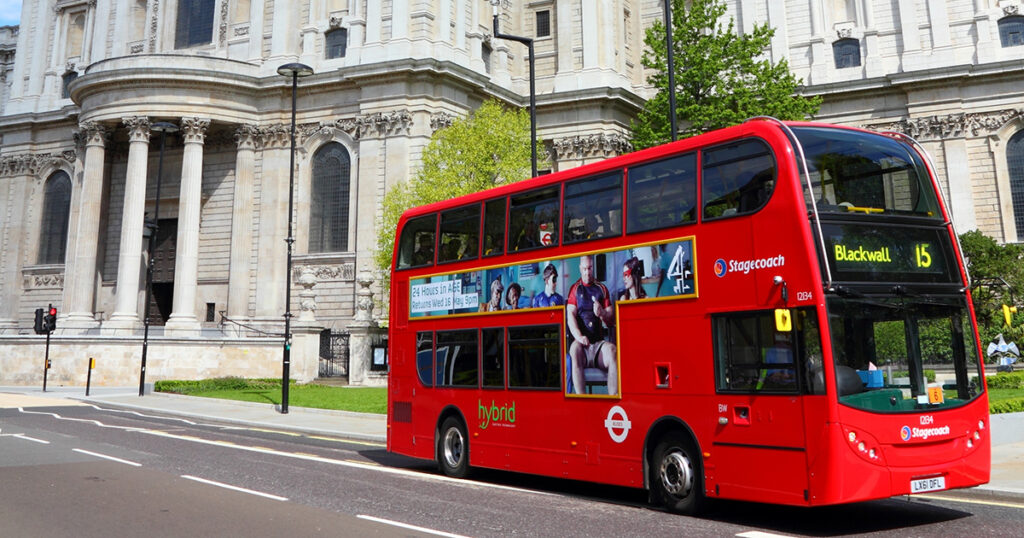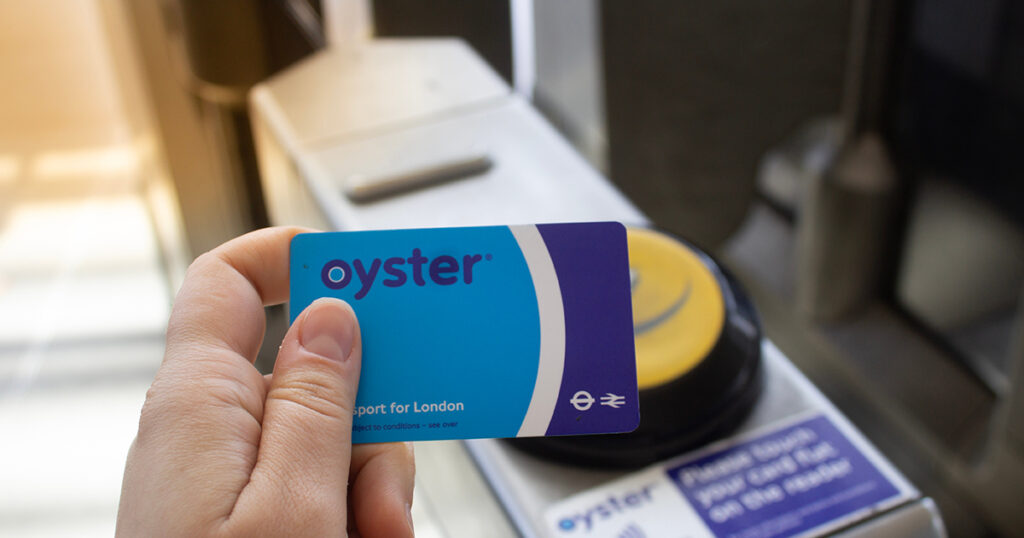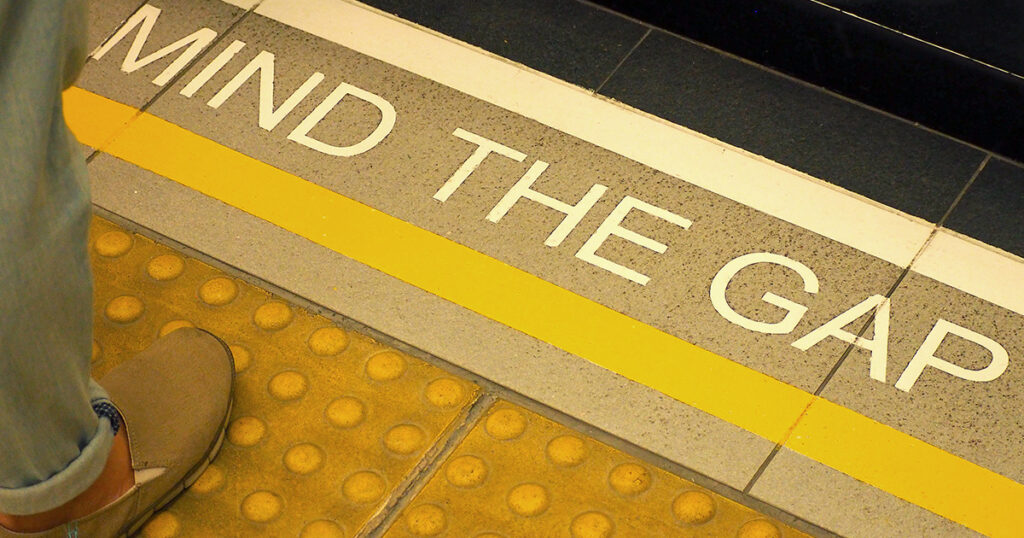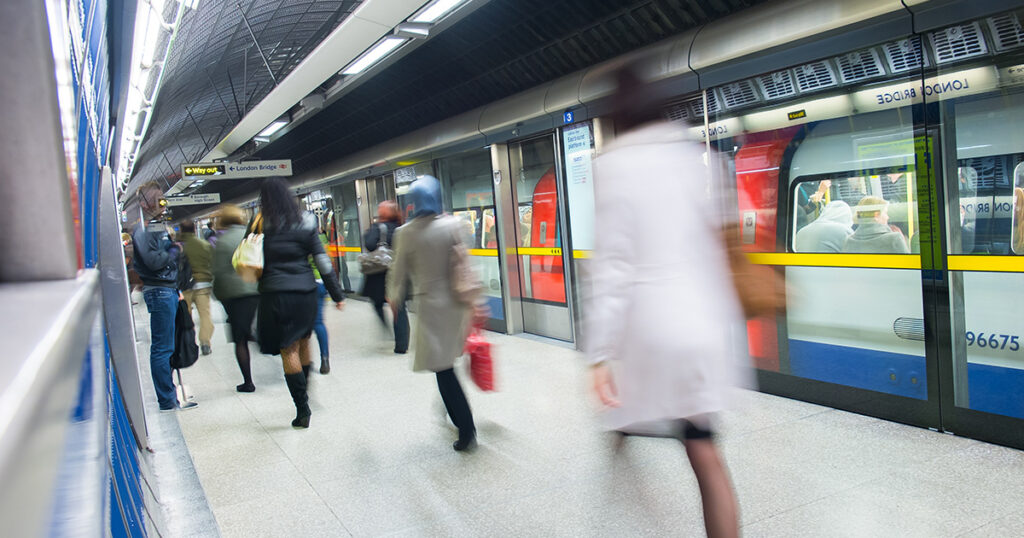London Transport Hacks

Quick, Effective and Cost-Saving Shortcuts for Getting Around the Capital
Getting from A to B in London is usually a pretty easy task due to its world-class and interconnected transport system. But with the option of bus, underground, bicycle and taxi at your disposal, it’s sometimes overwhelming to know which mode of transport suits the journey the best.
With the volume of human traffic, especially during rush hour, getting around and beating the crowds can be off-putting to the average visitor. We have collected some of the best tips to help you effectively get around the capital while saving time and money.
Getting to your destination quickly means that you’ll get to enjoy the sights and sounds of London rather than being stuck under someone’s armpits on a packed tube train.
Let’s take a look!

Walking Beats the Underground for Short Trips
The underground map is not to scale. I cannot emphasise this enough. What may look like a 10-mile trek on a bendy coloured map, might actually be a 5-minute walk on the surface. Don’t assume that the tube is the quickest way to get from A to B. This is especially true around Zone 1, where essentially everything is walkable.
If you must get public transport, then it’s always worth putting the journey into Google Maps or similar. Very often a bus or your two feet are the quickest and cheapest way of getting around. What’s more, you get to see the sights much better than you would under the ground.
A word of warning about using Google Maps or similar. While the route will get you to the entrance of the station, very often getting from the entrance to the platform is another story. For example, Westminster and Bank stations are a maze of underground tunnels before you even get to the platform. You’ll spend half your time in the tunnels rather than getting to where you need to be. Unless it’s essential, you’d be better off staying on the surface for short trips!

Know About Price Caps
Daily price caps exist on lots of Transport for London (TfL) services. On the underground and bus, this takes the form of how much you can be charged for using the services on any given day. This will vary depending on which zones you travel through. It can get complicated but all you really need to know can be found here. It’s also worth noting that TfL has introduced a ‘hopper fare’ for the bus. This means you can take unlimited different buses for £1.75 so long as you complete the journey within 1 hour of tapping in. Tag team this with our previous tip on bus travel for short journeys to get cheap and convenient travel.

Don’t Bother with an Oyster Card
Many people visiting London will assume they have to purchase an Oyster Card to get around the public transport system. This is not true. All buses and underground lines accept contactless payment at the barriers/entrance. This means you can scan your bank card or NFC-enabled device (such as most modern smartphones) on the barrier itself to let you through. What’s more, the price you pay for this convenience is exactly the same as what you’d pay with Oyster.
As a side note about Oyster, the only exception to the ‘don’t bother with Oyster’ rule is concerning children. Kids can either get free or heavily discounted travel around London. Depending on their age (or how old they look), sometimes this requires a Zip Oyster card. Full details can be found here.

Covent Garden Underground Station
Everyone loves Covent Garden with its marketplace, endless restaurants and the Royal Opera House. Many visitors will pay a visit at least once during their trip to London. However, not everyone loves Covent Garden Underground station. It was opened in 1907, years before the idea of international tourism and put simply, it’s not fit for modern use. But as it’s now a Grade II listed building, there’s not much anyone can do about it! The only way to get from the underground to the surface is via a set of small lifts or 193 stairs. The lifts are too small for modern use and have a low capacity meaning that people can often be queuing for over 10 minutes just to get out. While the stairs seem like a great option if you are of reasonable health and fitness, there are no rest stops. The unrelenting giant spiral staircase will have you wheezing and wishing you’d taken the lift. Don’t do it!
Our advice is to just miss the station altogether and get off at Holborn. From there, it’s an 8-minute walk to Covent Garden which has more escalators than you can shake a stick at.

Knowing Where to Stand on the Underground
Londoners take their commuting very seriously. If you don’t understand the unspoken rules of the Underground then they are likely to tut and look disparagingly at you. You may even get the odd heckle if someone is in a bad mood. The general rules can be distilled into just a few pieces of advice; stand to the right on the escalator if you’re not running up it, don’t block hallways or other’s path to their train, if the doors are closing – you’ve missed the train.

Hacking Underground Carriages
One lesser-known fact about the underground is that the carriages reliably stop at the same place on the platform each time. This means that with a little advance knowledge of where the exits to the station are, you can get off right by the exit and beat the rush out of the station. The best way to acquire this insider knowledge is through a helpful Tube Exits app. This will tell you which carriage to get on based on your destination station.

Beware Commuting Hours
On average, London commuters spend 21% of their salary on getting to and from work. This puts them in a bad mood before they’ve even boarded the train. You’re better off trying to dodge them!
There are 2 main reasons why it’s best not to travel during commuting hours; cost and experience. London operates peak and off-peak charges for their travel. Peak times are between 06:30 and 09:30, and between 16:00 and 19:00. Prices spike during these times, as does the number of people using the service. To save money and have a better overall travelling experience, avoid commuting times where possible.
…
London is a very easy city to navigate. While maps and smartphones are your friend, we hope this guide has given you some insights into the unwritten rules of London transport. Through these travel tips you should be easily getting yourself around London in the most convenient and cost-effective way.


